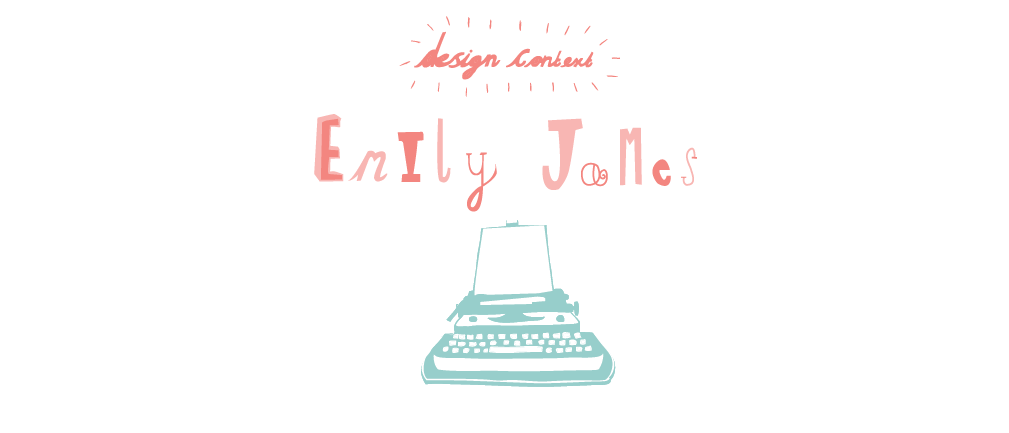Here are numerous ways in which invisible ink can be made.
Invisible ink is the stuff of romantic legend. Spies and clandestine lovers alike have used it for centuries to convey hidden messages to their partners. Although invisible ink is still used today for these purposes, it has taken on many more practical and fascinating roles in recent years.
Hundreds of liquids, from fruit juices to specially formulated chemicals, can be used as invisible ink. Here we explore six of the most interesting and accessible types. We hope you’ll be inspired to make your own invisible ink at home. With a bit of practice, you too can become a master of steganography (which is the art of writing hidden messages, in case you didn’t know that already!)
1.Lemon JuiceLemon juice is a great example of a ‘heat-fixed’ invisible ink. An invisible lemon juice message, scrawled onto a piece of paper, can be developed by exposure to any heat source such as a radiator, an iron or a 100W light bulb.
Many acidic household liquids (Coca Cola, wine, apple, orange and onion juice included) behave in quite the same way, as do a number of bodily fluids. During the Nazi occupation of Poland, people frequently sent postcards containing hidden messages written in saliva and even urine.
Equipment & ingredients: you’ll find them in most local grocers
Suitable for: anyone
Ease of use: really easy
2.Vinegar
Image: Boris Legradic
Vinegar is another household liquid that can be used as an invisible ink. Unlike lemon juice, messages written in vinegar are best developed by a chemical reaction. Red cabbage, which contains a pigment called flavin (an anthocyanin), can be used in solution to develop vinegar and other strong acids. Red cabbage solution turns a vinegar message dark red.
Equipment & ingredients: ubiquitous
Ideal for: anyone wanting to hide a message
Ease of use: simple
3.Cerium Oxalate
In 2006, two researchers from Michigan State University finally discovered the secret behind the Stasi’s invisible ink. The Stasi would sandwich a piece of material impregnated with cerium oxalate between two sheets of paper, writing on the top sheet to transfer a chemical message onto the sheet below. A solution of manganese sulphate, hydrogen peroxide and other chemicals could then be used to develop the message, turning it orange.
During World War II, numerous chemicals were used as invisible inks: copper sulphate, developed with sodium iodide; iron sulphate, developed with sodium carbonate; and sodium chloride (common table salt), developed with silver nitrate, were some of the more common. The search of one Nazi spy’s hotel room uncovered several large and unusual looking keys, which turned out to be invisible ink writing implements, with hidden nibs and chambers for ink.
Equipment & ingredients: access to a lab would help
Ideal for: anyone wanting to hide sensitive information
Ease of use: time consuming
4.UV
Specially formulated UV inks are invisible in daylight, but glow under UV light sources. UV pens filled with such inks are used to mark items in case of theft, products in manufacturing and hands or tickets for readmission to events, particularly at nightclubs.
Many common substances, from laundry detergents to soap and bodily fluids, can be used as crude invisible inks, as they fluoresce under UV light. Photocopiers can be used to develop messages written in these inks, due to the UV components in their scanner heads.
Equipment & ingredients: easy to pick up UV lights and pens
Ideal for: hiding information at school or work
Ease of use: simple and reliable
5.Printer Ink
Invisible UV ink is also available for use in printer cartridges and is used for printing information onto business forms, so as not to clutter the visible content. The United States Postal Service also uses UV ink to print barcodes and routing information onto mailed envelopes.
By following the instructional video above, you can make your own makeshift invisible inkjet printer cartridge with just an ordinary inkjet cartridge, four invisible ink pens and a syringe. One little tip: make sure you wear gloves!
Equipment & ingredients: easily sourced from most electronics stores
Ideal for: home and office use
Ease of use: ridiculously
6. Pure Distilled Water
When there’s nothing else around, even water can be used as invisible ink. Writing a message in water disturbs the surface fibres on a piece of paper. Such a message can then be developed using the fumes from heated iodine crystals. The marks made by the water turn brown, as iodine particles stick more readily to disturbed areas. This method is not perfect however, as exposure to direct sunlight or bleach can erase your message completely.
7. Disappearing Ink
Disappearing ink is unlike any other ink in this list: it begins visible, but soon disappears. The normally colourless thymolphthalein, which turns blue when mixed with the base sodium hydroxide, is a great example. Over time, the base reacts with carbon dioxide in the air and its pH drops. Once it ceases to be a base, the blue colour disappears. Ink like this is used by events managers on non-reusable passes – and by practical jokers in their water pistols!
Equipment & ingredients: thymolphthalein may be tricky to source
Ideal for: good for using on single-use, time-sensitive identity cards
Ease of use: once setup, it’s easy
http://www.cartridgesave.co.uk/news/7-amazing-types-of-invisible-ink-how-you-can-use-them/


















































